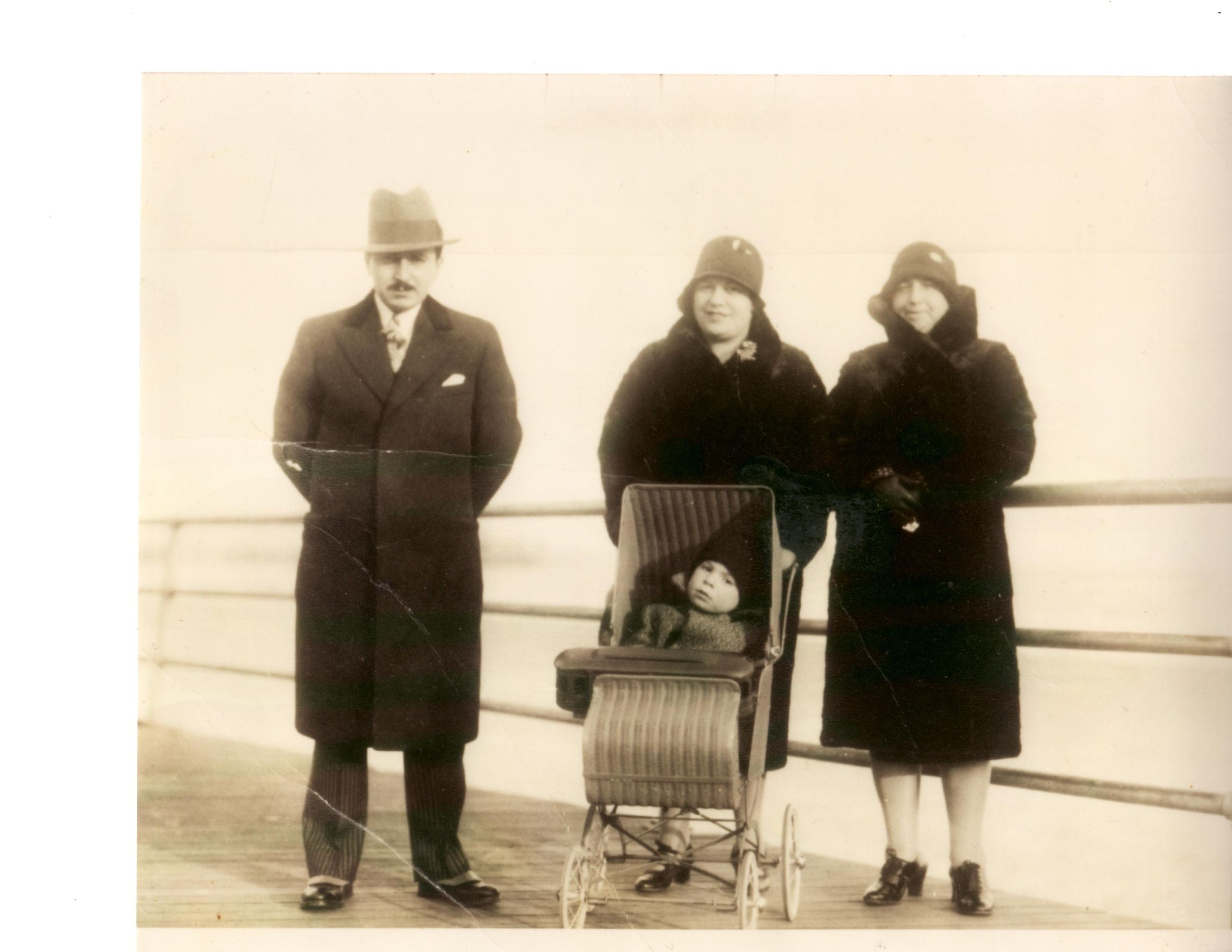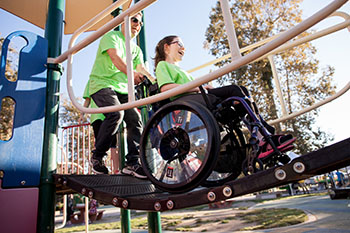My paternal grandfather, Harold Seideman, was a mob-adjacent shyster who served time in Sing Sing for embezzlement and disappeared in 1933.
He had just relocated with my grandmother and father from New York City to Roxbury, Massachusetts. Why, no one seems to know. But I recently read a biography of Meyer Lansky which revealed that the notorious mob boss set up a crew in Boston during the late nineteen-twenties and early thirties, so my personal theory is that my grandfather was either part of that crew or a wannabe.
Those who married into the Seideman family, like my mother and great-aunts Molly and Sadie, wanted to talk about Harold’s disappearance. Those who lived through it, like Harold’s brothers and sisters and the wife and child he left behind, didn’t. The story Great-aunt Sadie whispered to me was that Harold brought my six-year-old father down to the stoop of their building and told Dad to wait there while he ran an errand. “When I come back, I’ll take you swimming,” Harold promised his son. My grandmother returned home hours later to find my father, clad in his bathing suit, still waiting on the stoop. Other relatives said the story was apocryphal, but no one offered an alternative.
When my grandfather disappeared, with him went $25,000 of funds from the family’s food broker business, an enormous sum of money at the time. As kids, we figured this meant Harold ran off to start a new life. Only recently have I learned that when my grandmother tried to track him down, his “associates” told her that she’d be “best off looking in the bottom of the river.” So now I think it more likely that his remains, clad in the proverbial “cee-ment” shoes, are somewhere in the Charles River.
When you grow up with a missing relative, it haunts you. As a child who never knew either of my grandfathers, I often lay in bed at night fantasizing about them being alive and in my life. I was sad that I never knew my mother’s father, Antonio DiVirgilio, who died young of rheumatic fever. But I was obsessed with Harold Seideman. Whenever someone asked if I might be related to another Seideman, I never said “no.” Instead I shrugged and said, “Maybe.” As a child, if there’s a chance someone is alive, you go with that. So in my young mind, Harold was out there somewhere, and he might have remarried and given me half-aunts and uncles and cousins.
Since I believed for many years that my grandfather might still be alive – and conveniently ignored the possibility that if so, he’d probably had the sense to change his name – I was constantly on the lookout for him. After I graduated from Tulane University, my family turned the return to New York into a Southern road trip. When we arrived in the historic business center of Charleston, South Carolina, I noticed a sign on a building: “H. Seideman, Attorney.” “H” as in Harold. My brothers and I begged my father to go into the office and ask if this H. Seideman could possibly be his long-lost father. Dad resisted, but finally caved to our entreaties. When he returned to the car, he was furious. “It wasn’t him,” he yelled at us. “Are you happy now?” Looking back, I can’t imagine how painful that moment must have been for my dad. His hope against hope that maybe he really had found his father; his humiliation at the reply. He probably thought it was a game to us. Because I could never talk to him about his father, I could never tell him that the search was not only to help heal his most psychic wound, but to fill a void in my life as well.
My cousin Joan, whose father was Harold’s youngest brother, once told me that her family did the same thing on a vacation. They found a Harold Seideman listed in the Portland, Oregon, phonebook and begged their dad to find out if it was Harold. But Great-uncle Howard refused to go on what he assumed would be a wild goose chase. Those who knew Harold wanted to forget him, not relive the trauma of his abandonment, whether it was forced or intentional. The only thing I could ever get out of Great-aunt Lil, Harold’s only sister, was what the family always said about their scoundrel sibling: “Harold would rather earn a dishonest dime than an honest dollar.”
Joan’s mother, my Great-aunt Molly, shared my obsession with finding out what happened to Harold, and when I moved to California she put me in touch with Herman Lewis, a distant cousin who lived in Arizona and had known my grandfather as a slick young man. Herman dropped a bombshell. My great-grandfather, incapacitated by ill health, had a young German nurse whom Harold impregnated. She gave birth to a baby girl, and as far as Herman knew, returned to Germany with her daughter.
Wary of my father’s reaction, I only shared this revelation with my mother. That night, the phone rang and it was Dad. “So,” he said, his tone jocular, “I hear I have a half-sister.” I told him what I knew, which wasn’t much. There was an awkward pause and then he changed the subject. Instead of solving a mystery, my snooping had revealed a new one. Dad, a lonely only child, had a half-sister somewhere on the planet. Had she perished in the Holocaust? Had she survived and raised a family? More questions that would never be answered.
As I’ve established a career and a family, I think less and less about my grandfather. But every so often, something like this happens…
I recently attended Left Coast Crime, a conference for mystery writers and fans, of which I am both. Looking to pick up skills that would enhance my writing, I sat in on a panel entitled, “Forensics: Experts Discuss How to Tell Fact from Fiction.” George Fong, an author and former FBI special agent on the panel, began talking about namus.gov. NamUs stands for The National Missing and Unidentified Persons System, and is a national centralized repository and resource center for missing persons. “It’s been very helpful in solving cold cases,” he said. The writer in me instantly disappeared, supplanted by the searching child. All I could think was, “Finally there might be a way to discover what happened to my grandfather.” When the panel ended, I shared Harold’s story with George. He kindly explained that by cold cases, he meant those from thirty or forty years ago. Solving one eighty years old would be extremely difficult, if not impossible.
There is one picture of Harold Seideman, taken on the Atlantic City boardwalk sometime in the late nineteen-twenties. In it a dapper Harold stands apart from the wife, child and mother-in-law he would abandon – or be ripped from – only a few years later. Eventually I’ll have to accept that I will die never knowing what happened to my grandfather. But what’s truly heartbreaking is that my father died without ever knowing what happened to his father.
And that’s what haunts me the most.





 Hi I’m Catherine, founder of Wine Women And Chocolate. Want to become a contributor for Wine, Women & Chocolate? Interested in sharing your unique perspective to a group of supportive, like-minded women?
Hi I’m Catherine, founder of Wine Women And Chocolate. Want to become a contributor for Wine, Women & Chocolate? Interested in sharing your unique perspective to a group of supportive, like-minded women?